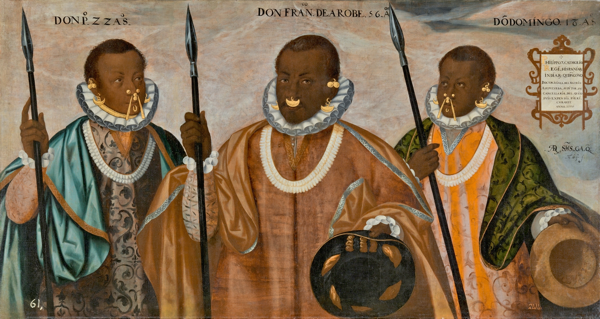Special Topics in Humanities: The Art and Power in the Colonial Spanish Americas

In this class, students will examine the material and visual culture produced in Latin America between 1519 and c. 1820, when much of it was controlled by the global Spanish empire. During those three centuries, this vast territory stretched from what is now the west coast of the United States to Chilean Patagonia, lands of staggering environmental variability that had long been home to diverse populations of indigenous people. Looking at the images, objects, and architectural record that survives from this period provides crucial insight into the role that such materials played within a colonial environment where power was consistently being reinforced and undermined.
Although the class will focus on the uses of art in the construction and contestation of Spanish hegemony, themes addressed over the course of the semester will also include the persistence and adaptation of indigenous visual traditions in the wake of European expansion, the circulation of both people and art objects between Europe and the Americas, the development of colonial American identities, and the place of the Spanish Americas in the increasingly globalized world of the sixteenth, seventeenth, and eighteenth centuries.
Estimated cost of materials: $0-$50.
HISTART Concentration Distributions: 3. Early Modern, E. Latin America and the Caribbean
Students will be evaluated on their familiarity with the course material through a midterm and a final examination, in-class discussions and writing assignments, and two short essays (1000 words each).